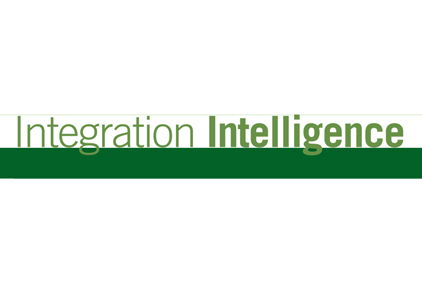Security convergence is well-worn terminology describing our industry. However, the fact is that the physical security industry is not as quick to address new technologies and solutions as their IT peers. I believe this emanates from the justifiable conservative culture of an industry where the protection of lives, and not data, is priority number one.
This convergence is accelerating for the simple reason that technologies — primarily cloud, mobile, and social media solutions — are being rapidly assimilated around us across the globe. The “Consumerization of IT” essentially leaves us no choice. We can, however, recognize critical technology drivers right under our collective noses and understand how they will change our business offerings moving forward.
According to numerous sources, including Frost & Sullivan, the global security equipment market was $20.57 billion in 2012. Video surveillance products were approximately $10 billion and represent half of the market. What impact will cloud, mobile devices and social media have on the revenues of security integrators? It’s hard to say precisely, but HUGE is a word that comes to mind. Today we stream our entertainment and I expect that security video will shortly follow suit as far as customer acceptance is concerned. On-site and failover surveillance systems notwithstanding, these technologies will impact the bottom line of security integrators. The issue is making that impact a positive $$$ outcome.
These technology advances are not just impacting video surveillance, or 50 percent of the security product market, as fingerprint and other biometric solutions are being reduced to nanotechnology packaging, enabled by cloud access, and requiring less expensive readers at the end points (eventually our phones). As an interim step, biometric fingerprint swipe scanners will be embedded into identity (access) cards. Understanding that the entire security world is changing, converging if you will, and not just video surveillance is critical.
From a wider perspective, the actual nature of sales as a profession is changing. Earlier in my career I sold high-end server technology, and was paid 60 percent of my commission up front, and the remainder after our service organization and the customer installed the system. The customer was essentially locked into the technology for at least three years.
Today, with cloud as an option, customers have no vendor loyalty per se. Sales are an ongoing process of adding application solutions. Managing services and the sales effort is becoming an ongoing customer service process. As product sales evaporate into the cloud, the integrator who understands and provides managed services to secure a client’s business operation will win. The security integrator who thinks the cloud will never gain traction, or surveillance is and always will be a local installation will lose. Simply stated, video is half the product market and for many businesses the cloud makes economic sense, wouldn’t it to you as a customer?
Video surveillance as a service (VSaaS) and managed video surveillance as a service (MVSaaS) are good bets moving forward. You can offer an on-site video storage architecture providing these services (local, regionally). Or you contract with a major cloud provider and sub contract out as part of a larger managed services solution set — including everything from situational awareness capabilities like physical security information management (PSIM) to supply chain partner vetting of systems and solutions.
Perhaps integration opportunities exist between your customer and their partner chain? These firms can move to cloud-based services as easily as your customer can, but they all need someone to understand the technology behind managing and securing the business.
The good news in this scenario is that a confused customer with money is a great prospect. The pace of technology is moving quickly and if you are the trusted advisor to your customer as far as providing managed services, you can control the account into the future.










